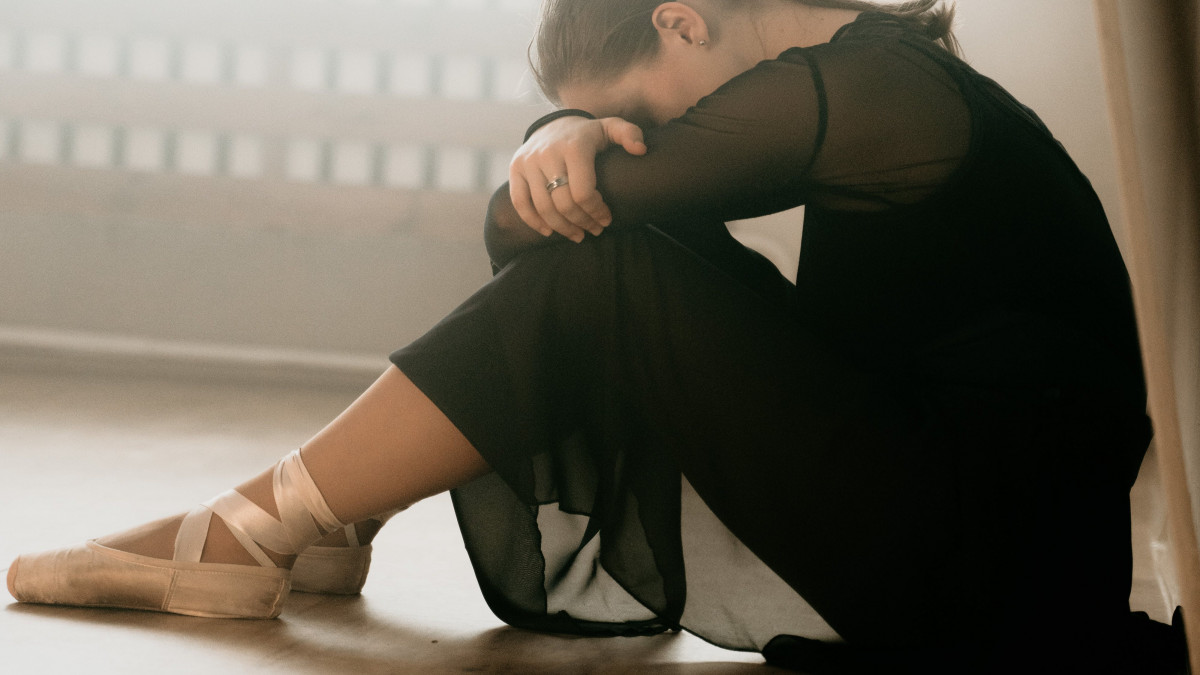Overtraining Syndrome: Are you at risk?

Overtraining Syndrome occurs when an athlete doesn’t recover enough from repetitive intense training. One of my previous blog posts discussed the relationship between dancers’ capacity versus the load put on their bodies from their training and other factors. Overtraining is the result of the load being greater than their capacity for an extended period of time. Even though the athlete puts in more and more hours of training, their performance actually begins to decline instead of improve. This is a serious matter when it comes to adolescent artistic athletes, especially since their bodies are still growing and developing.
What are the signs of overtraining?
Muscle soreness that lasts longer than normal or is more prominent than expected after dancing
Inability to keep up in classes and rehearsals that normally wouldn’t be a problem
Plateau in progress or even a decline in performance (physically and/or mentally)
Wanting to skip class or rehearsal
General fatigue that affects several areas of your life (dance, school, social activities)
Increased tension, feelings of anger or frustration
Decreased energy and motivation
Increased occurrence of illness
Increased resting heart rate and blood pressure
Increased gut issues
Disturbance in menstrual cycle (irregular or absent)
Who’s at risk of overtraining?
Dancers that are dancing more hours per week than their age in years (>12 hours per week for a 12 year old dancer).
Those with perfectionist tendencies that have an underlying fear of failure, fear of not meeting parents/teachers/coaches expectations, or fear of negative feedback from parents/teachers/peers.
Dancers with a high intensity schedule (very demanding rehearsals) that are also high volume (multiple hours of classes and rehearsals).
What are some ways to avoid overtraining?
Keep a training log. Track the number of hours per week of classes, rehearsals, strength and conditioning, and other physical activities.
Listen to your body.
Incorporate recovery time and rest days into your week. Those days are necessary, not optional.
Visualize your choreography in place of running through it multiple times everyday. The brain can't decipher between visualizing yourself doing choreography and physically doing it. Use this to your advantage.
Make sure you are getting enough calories and nutrients to sustain the physical activity that you are doing.
Stay hydrated.
Manage stress. Everyone handles stress differently. Try to prioritize certain tasks or activities and focus on those if your schedule is feeling overwhelming. It’s not critical to get everything done.
What do I do if I have Overtraining Syndrome?
Rest is critical for recovery, even if that means missing a performance. Your health is the most important thing you have when it comes to being a dancer. In order to recover, you will have to cut back drastically on the number of hours you are dancing or perhaps stop dancing temporarily.
Focus on nutrition. When a dancer has been overtraining, many times they are deprived of nutrients. Take this time to examine the nutrition you are getting and make sure you are getting enough calories. While your body is healing, it will need extra nutrients too.
Mental health. It is a common need to address mental health when a dancer has been overtraining. It is emotionally challenging to have to take time off from dancing to fully recover and getting some support from a mental health specialist can be very beneficial.
Gradual return to your training load. After taking a break, your body will need to ease back into dancing so that you don’t get injured. A general rule is to start at 50-60% of what you normally do and then increase this by 10% each week.
Seek out medical professionals that can help guide you and give you personalized advice on a timeline for recovering. There are individuals who specialize in nutrition for dancers, mental health for dancers, and strength and conditioning for dancers. These experts can help get you on the right track.
I have read and agree to the terms & conditions. We will not spam you.
 Dr. Chelsea Moehlenbrock
Dr. Chelsea Moehlenbrock 